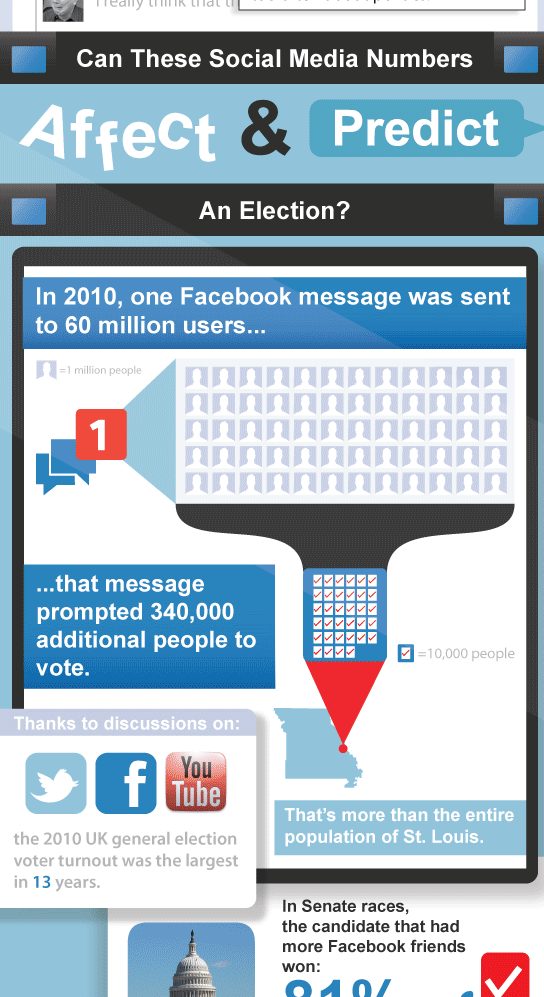
The latest in the professional social media writing is the creation of lists. Sing it with me: 25 Awesome Quotes 11 Secrets & 11 Ways 10 Hateful Things 8 Steps 7 Reflections 5 Seconds Test & 5 Hard Facts & 5 Ways 3 Audiences & 3 Big Trends & 3 Reasons 2 Questions 1 Career Mistake and a Partridge in a pear treeeeee…. What’s going on? Well, the new p-prim in town seems to be: “LinkedIn users like things in neatly organized lists.” And perhaps it is true — LinkedIn might see blogs written in this format as a good marketing trick, getting lots of hits. The more LinkedIn selects such format to feature, the more articles are written in this format — it is a self-replicating problem. In my classes, we talk of surface reading — how in today’s fast-moving culture, people peck and sample content in small bits and pieces: “Just give me the talking points, please.” And we see the results in the news, in PowerPoint presentations, and on LinkedIn’s Influencer Posts. Let’s just hope that some people still take the time to wade through details and read for deeper meaning.



